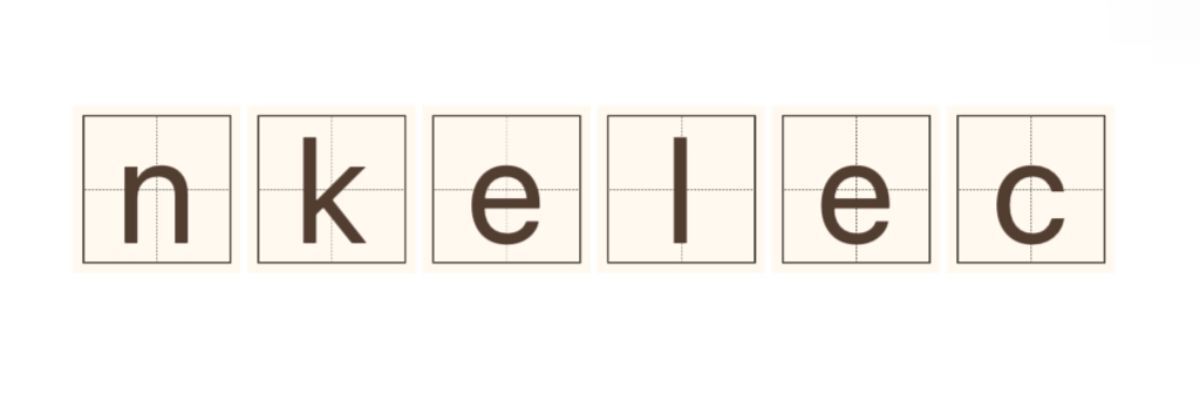How Aluminium Cables Could Revolutionize Renewable Energy?
Jan. 02, 2025
With rising concerns over climate change and the increasing call for sustainable energy solutions, the effective transport and distribution of renewable energy are crucial. One transformative approach gaining attention is the use of aluminium cables. Thanks to their distinctive features and numerous advantages, aluminium cables hold the potential to transform renewable energy landscapes by tackling efficiency, cost, and environmental impacts related to energy distribution.
Aluminium cables are leading the charge in advancements in energy transmission due to their exceptional combination of lightweight and robust characteristics. They are about two-thirds lighter than traditional copper cables, simplifying installation and reducing overall costs. This weight reduction not only results in savings in labor and transport expenditures but also enables the design of taller, slimmer transmission towers. Such a design minimizes the land footprint required for energy infrastructures, which is increasingly important as the demand for renewable energy sources, like wind and solar, necessitates extensive distribution networks to effectively deliver energy generated from these sources.
Moreover, aluminium's impressive conductivity serves as an innovative solution for electricity transmission. While copper typically excels in conductivity, aluminium offers a favorable conductivity-to-weight ratio, making it an appealing choice for long-distance transmission lines. Advances in aluminium alloy technology further enhance its performance and limit the resistance losses that can occur during energy transmission. As electrical grids face mounting demands due to the rise of electric vehicles and other emerging technologies, optimizing transmission efficiency with aluminium cables can lead to substantial energy conservation. Essentially, using aluminium for transmission ensures that more renewable energy reaches its destination with minimal losses, a vital component in maximizing renewable energy utilization.
Additionally, aluminium's natural resistance to corrosion outperforms that of copper, resulting in a prolonged lifespan for utility infrastructure. This durability contributes to reduced maintenance expenses and mitigates the environmental impacts related to replacing corroded cables and equipment. Given that many renewable energy installations exist in remote areas often exposed to harsh weather, aluminium's resilience makes it especially suitable for transmission lines linking renewable energy producers to urban consumption zones.
When considering the environmental factors associated with renewable energy, it's not just about the energy produced; the resources used in constructing energy infrastructure also matter. Aluminium is readily available and infinitely recyclable, which enhances its sustainability credentials. The energy required to recycle aluminium is substantially lower than that needed to create it from raw materials, drastically reducing the carbon footprint of energy infrastructure. By implementing aluminium cables, the renewable energy sector solidifies its commitment to sustainability while addressing the rising energy demands.
As nations globally enhance their investments in renewable energy, they face the challenge of integrating these varied and decentralized energy sources into existing grids. Intermittent power sources such as solar and wind necessitate increased grid flexibility, and aluminium cables can play a pivotal role in this regard due to their rapid installation and efficient transmission capabilities. This adaptability allows grid operators to respond dynamically to fluctuations in energy generation and consumption, ensuring a stable and dependable energy supply.
Indeed, incorporating aluminium cables into renewable energy systems has the potential to initiate numerous positive changes across various sectors. By optimizing energy transmission efficiency, the operational costs associated with renewable energy projects can decrease, fostering the growth of green technologies and lowering barriers to entry for new players in the energy market. As communities strive towards energy independence and sustainability, aluminium cables emerge as a critical component that can facilitate the global shift to a cleaner, more robust energy future.
Utilizing aluminium cables in our energy framework represents not just a technical transition but a fundamental change that aligns with broader energy efficiency and environmental responsibility goals. Continuous improvements in aluminium cable technology, tied with advancing renewable energy objectives, can usher in a future where clean energy is both accessible and reliable.
As we stand on the edge of an energy transformation, the blend of innovative materials like aluminium, progressive engineering practices, and a shared commitment to sustainability could indicate a future where renewable energy is not simply a supplementary element in our energy grid but rather the core driver of our technological and economic progress. Transitioning to aluminium cables in renewable energy is more than merely an upgrade; it’s a vital step toward constructing a sustainable future that we can trust for generations to come.
Contact us to discuss your requirements of Aluminium Cable, machine tool cables, elevator-cable. Our experienced sales team can help you identify the options that best suit your needs.
272
0
0


Comments
All Comments (0)